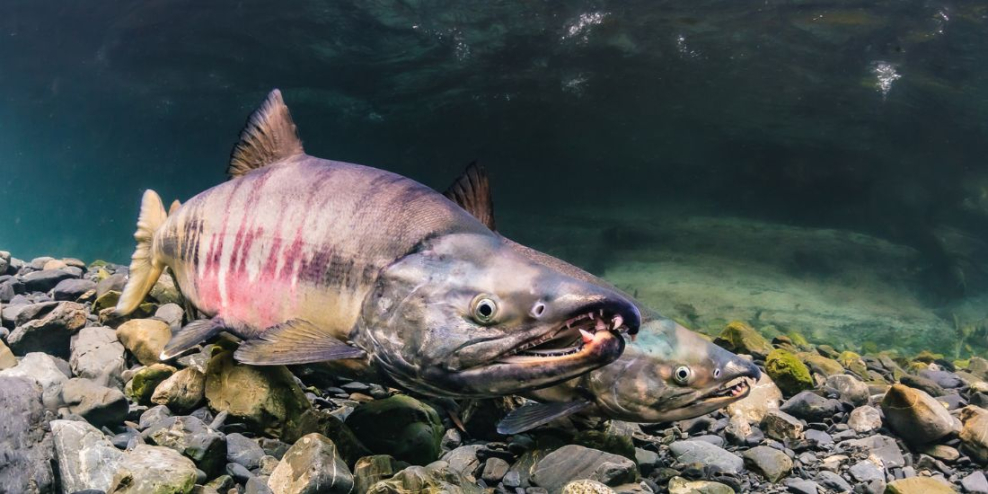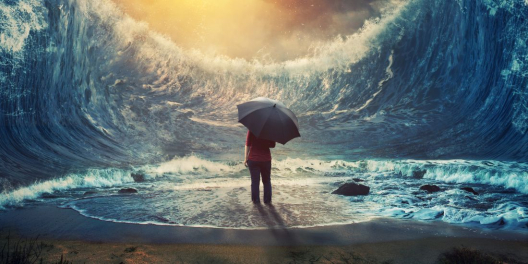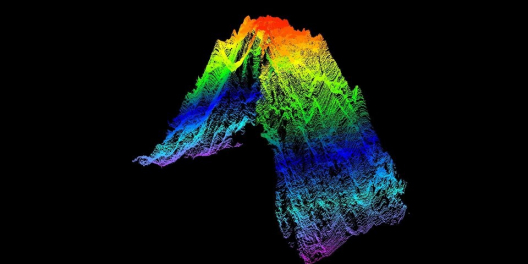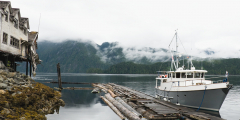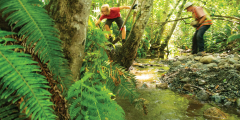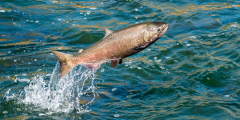Did you know that chum salmon are the most widely distributed Pacific salmon? They can be found across a more than the 7,500-mile range on both sides of the ocean. They are also known as “dog salmon,” because of the sharp dog-like teeth of spawning males.
Sadly, they haven’t been treated like “man’s best friend” of the sea.
A new study shows a massive collapse of chum salmon on the BC coast. It has people worrying about the fate of this often-overlooked fish.
Researchers analyzed data from 25 watersheds on BC’s central coast. The results are shocking. Since 1960, chum has declined 90 percent on average in these watersheds. For some runs, the declines have been as high as 98.5 percent, according to the study.
This is a huge problem.
Chum are not only important for both commercial and First Nations food fisheries. They also play an important role in nature. Their carcasses and eggs provide nutrients to young coho salmon that spend between one and th433 years in freshwater before migrating to the ocean. Southern resident orca whales also eat them.
“We’ve had a colossal collapse of the commercial salmon fishery in British Columbia without a word by anybody,” Beamish said. “It’s as serious as the cod collapse on the east coast.”
But all is not lost.
“It doesn’t necessarily look bad for fisheries that are scaled appropriately to the abundance of the resource,” Atlas said.
Another good thing is the central coast has relatively healthy, intact watersheds. And, the First Nations Fisheries Council of BC is launching a new Indigenous-led initiative to address the crisis.
Finally, Atlas has a positive outlook. “I think the central coast is a place where we can have optimism about salmon.”

